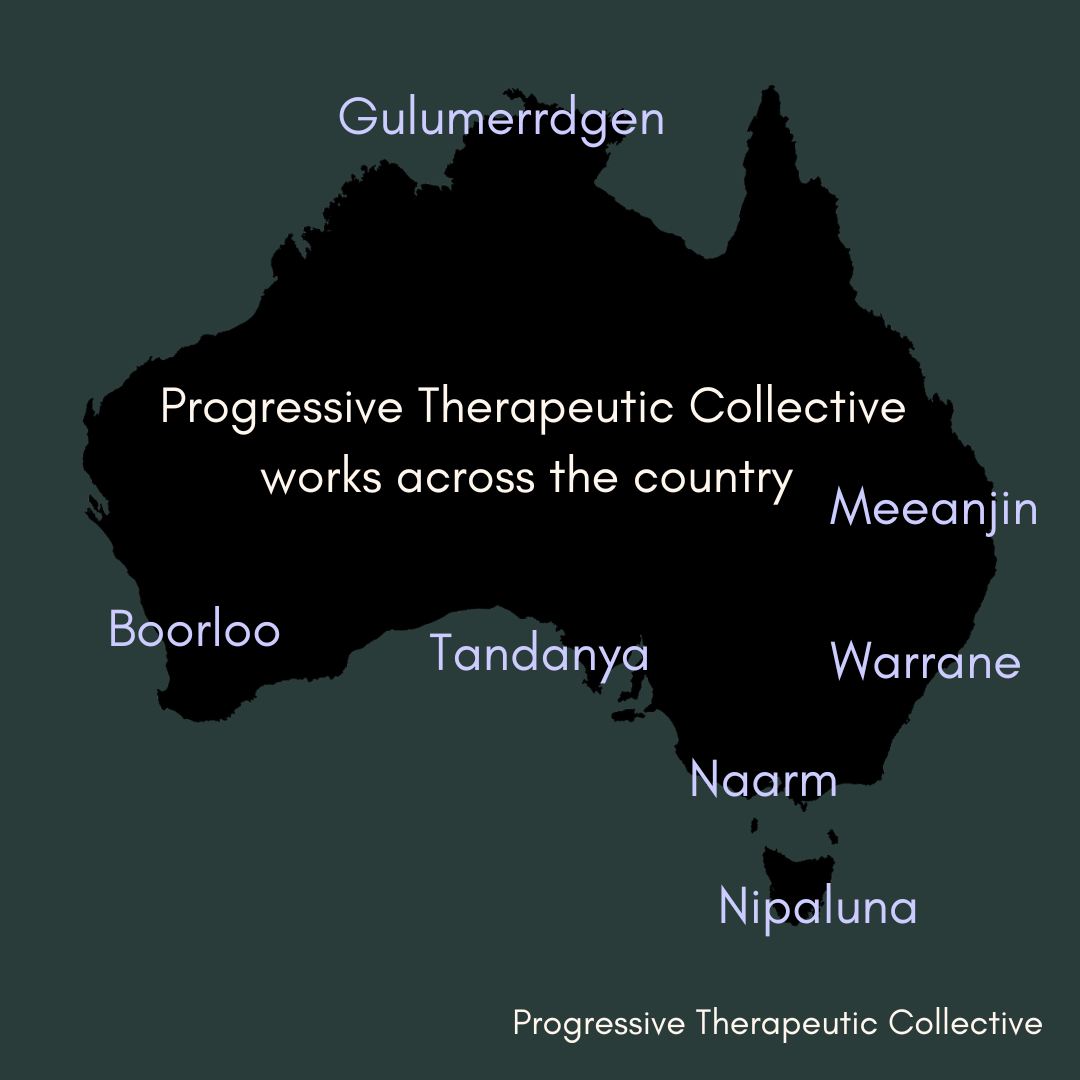Am I Using Coercive Control?
Part of the Queer Intimate Partner & Family Violence Resources series
A guide for reflecting on your behaviour and choosing accountability with care
Why this resource exists
Most people don’t want to think of themselves as someone who causes harm. And yet, some people do, even if they don’t realise it at the time.
Harm isn’t always loud. It doesn’t always look like shouting or physical violence. It doesn’t always come with clear memories or simple labels. Sometimes it shows up quietly, in patterns that repeat: the way someone flinches before speaking, the way they check your mood before expressing a need, the way they stop asking for anything altogether.
It shows up in how we use our power, intentionally or not, to keep someone close, quiet, compliant, or afraid to leave.
This resource isn’t here to shame you. It’s here to help you reflect honestly on your behaviour and your relationships. Because taking responsibility is possible. And it matters. The people we love deserve to feel safe with us.
If someone has told you that you’re controlling, manipulative, or unsafe, and that’s been hard to believe, this is a place to start.
If people seem to avoid conflict with you, or are scared of your reactions, or keep walking away and you’re not sure why, please read on.
This isn’t about fixing everything overnight. It’s about slowing down, asking difficult questions, and choosing to become someone who can be trusted.
What coercive control actually means
Coercive control is not about one incident. It’s not always obvious or dramatic. It’s a pattern of behaviour, often subtle and often disguised as care, that gradually limits another person’s freedom, confidence, and autonomy.
It can show up in behaviours like:
Making it difficult for someone to say no
Reacting with anger, guilt, or silence when they express independence
Monitoring their location, friendships, or online activity
Undermining their self-worth until they start to question their reality
Treating their boundaries as rejection or manipulation
Using trauma, identity, or marginalisation to avoid accountability
Over time, these behaviours can create an atmosphere where someone begins to manage your reactions instead of living freely. They start walking on eggshells. They stop setting boundaries. They slowly give up their voice to keep the peace.
That is coercive control. It is still harmful, even if it wasn’t intentional. Even if it came from your own fear or pain.
This happens in queer relationships too
Coercive control is not limited to any particular type of relationship. It is not about gender, body size, or who makes more money. It can happen between people of any identity, in any configuration.
In queer relationships, coercive control can be even harder to recognise; especially when both people share trauma, marginalisation, or community. Maybe you have both survived violence. Maybe you are both neurodivergent. Maybe both of you move through the world with fear, hypervigilance, or defences.
That does not make it mutual.
Power doesn’t always look like physical strength or financial advantage. It can come from who is more socially trusted. Who knows the language of harm. Who gets believed first. Who is better at making their case in community. Who knows how to shut down a conversation with the right words.
None of us are immune to harming the people we love. That includes survivors. That includes people with insight. That includes people who care deeply and still act out of fear, panic, or control.
Naming this truth doesn’t make you a bad person. It makes you someone who is ready to stop repeating what hurts.
This guide is not saying you’re a bad person
You don’t need to label yourself. You don’t need to erase the care, the connection, or the mutuality that may have also existed in the relationship.
But if your behaviour has left someone feeling afraid, isolated, emotionally smaller, or unsafe to speak up, then it’s time to pause.
And it’s time to ask yourself: What have I been doing with the power I hold in this relationship? Even when I’ve been scared. Even when I’ve been hurting. Even when I’ve felt like the victim.
You don’t have to identify as an abuser to take responsibility for the ways you may have dominated, controlled, or worn someone down.
You just have to be willing to stop.
A different kind of checklist
This is not a test. There is no score. Just notice what feels familiar. Be honest. And try not to rush past what feels uncomfortable.
Think about your recent or past relationships. Ask yourself:
Have I reacted with anger, silence, or withdrawal when someone set a boundary?
Have I created an atmosphere where people feel like they have to tiptoe around me?
Have I used silence or distance as a way to punish someone?
Have I relied on my own mental health or trauma to avoid responsibility, especially when someone needed space, gave feedback, or tried to leave?
Have I tracked or asked for access to someone’s private messages, calls, or location?
Have I discouraged them from spending time with people who challenge me or make me uncomfortable?
Have I said things that made them question their memory, feelings, or judgment?
Have I pressured someone into sex, emotional intimacy, or decisions by using guilt, obligation, or fear of abandonment?
Have I used my identity, politics, or marginalisation to shut down feedback or make myself the victim?
Have I focused so much on my own pain that the other person stopped bringing up theirs?
Have I made someone feel like they are lucky I tolerate them—or that they’re too broken to be loved by anyone else?
If any of these resonate, that doesn’t mean you’re evil. But it might mean you’re hurting people. It might mean you’ve been trying to stay safe in ways that make someone else feel unsafe.
This is where you get to pause and decide what comes next.
But what if I was hurting too?
That is real. Many people who use harm have also survived it. Maybe you’ve never felt safe. Maybe you grew up around coercion and didn’t have other tools. Maybe you panic when you feel left, and escalate without meaning to.
That does not make you a monster. But it also does not make you innocent.
You are allowed to explore your own trauma and still take responsibility for the harm you have caused.
Accountability does not mean ignoring your pain. But it does mean refusing to use it as a reason to keep causing harm.
What accountability can actually look like
It is not one apology. It is not one big conversation. And it is not about being forgiven.
Real accountability is a slow, sustained shift in how you think, relate, and behave. Especially when no one is watching.
It looks like:
Admitting that your actions caused harm, even if that wasn’t your intent
Letting go of your need to be seen as a good person
Seeking out support that challenges you, rather than just comforts you
Learning new ways to respond to fear, rejection, and boundaries
Offering repair when it’s appropriate, without demanding resolution
Accepting that the person you hurt may never want to reconnect
Becoming someone who knows how to hold power without misusing it
Accountability is not a performance. It is a commitment. It is not about punishing yourself. It is about making sure you don’t recreate the same harm again.
You can change
If you’ve used coercive control, whether you meant to or not, you can choose something different.
That starts with being honest with yourself. Then with someone you trust. Then, over time, through the choices you make when you feel threatened, vulnerable, or out of control.
You are not the first person to see yourself in this. You won’t be the last.
What matters is what you do next.
Start small. Find support. Stay with the discomfort. Keep going.
Change does not begin when someone else believes in you. It begins when you decide to become more trustworthy.
You are allowed to begin again. But not by pretending nothing happened.
You begin again by choosing, over and over, to become someone who causes less harm.


